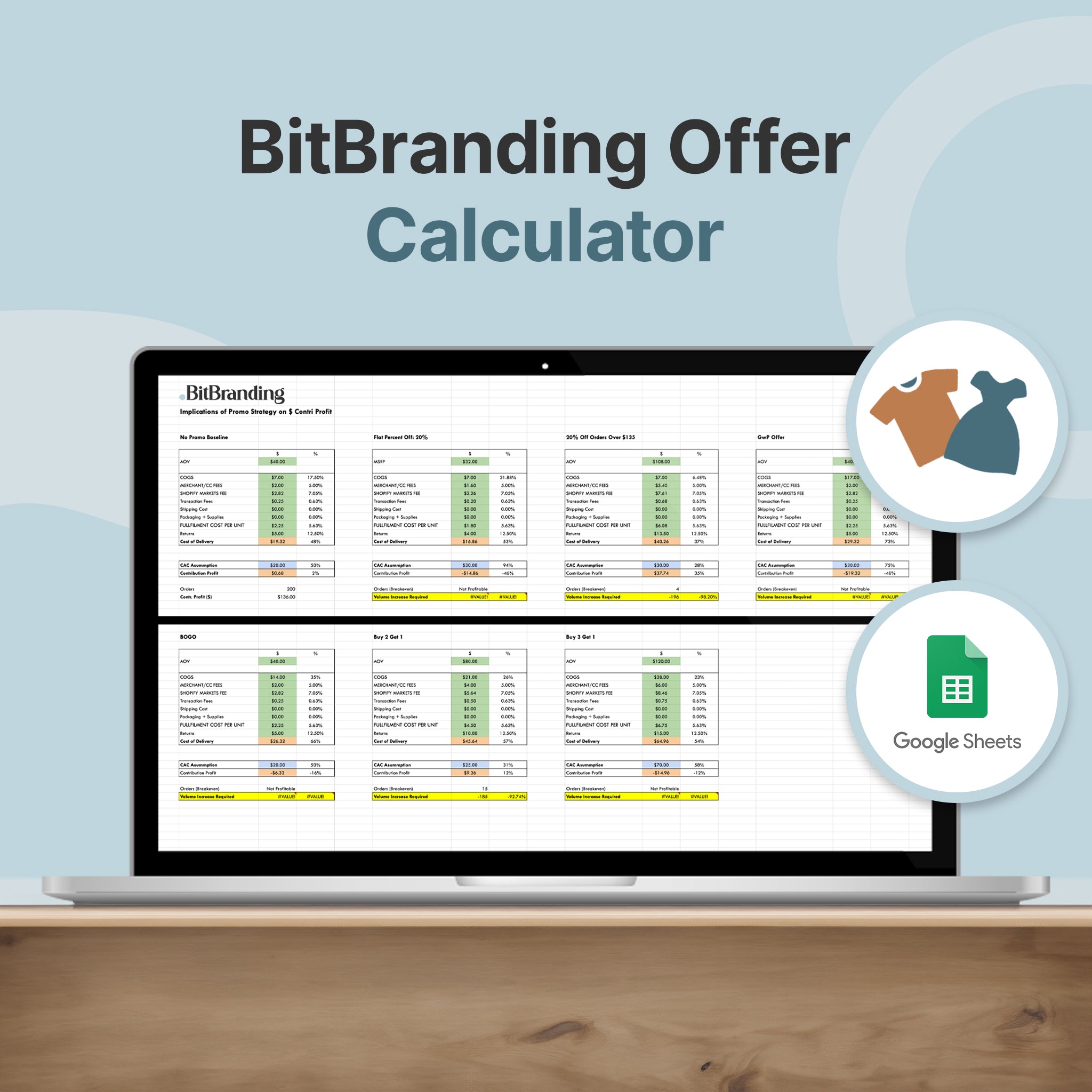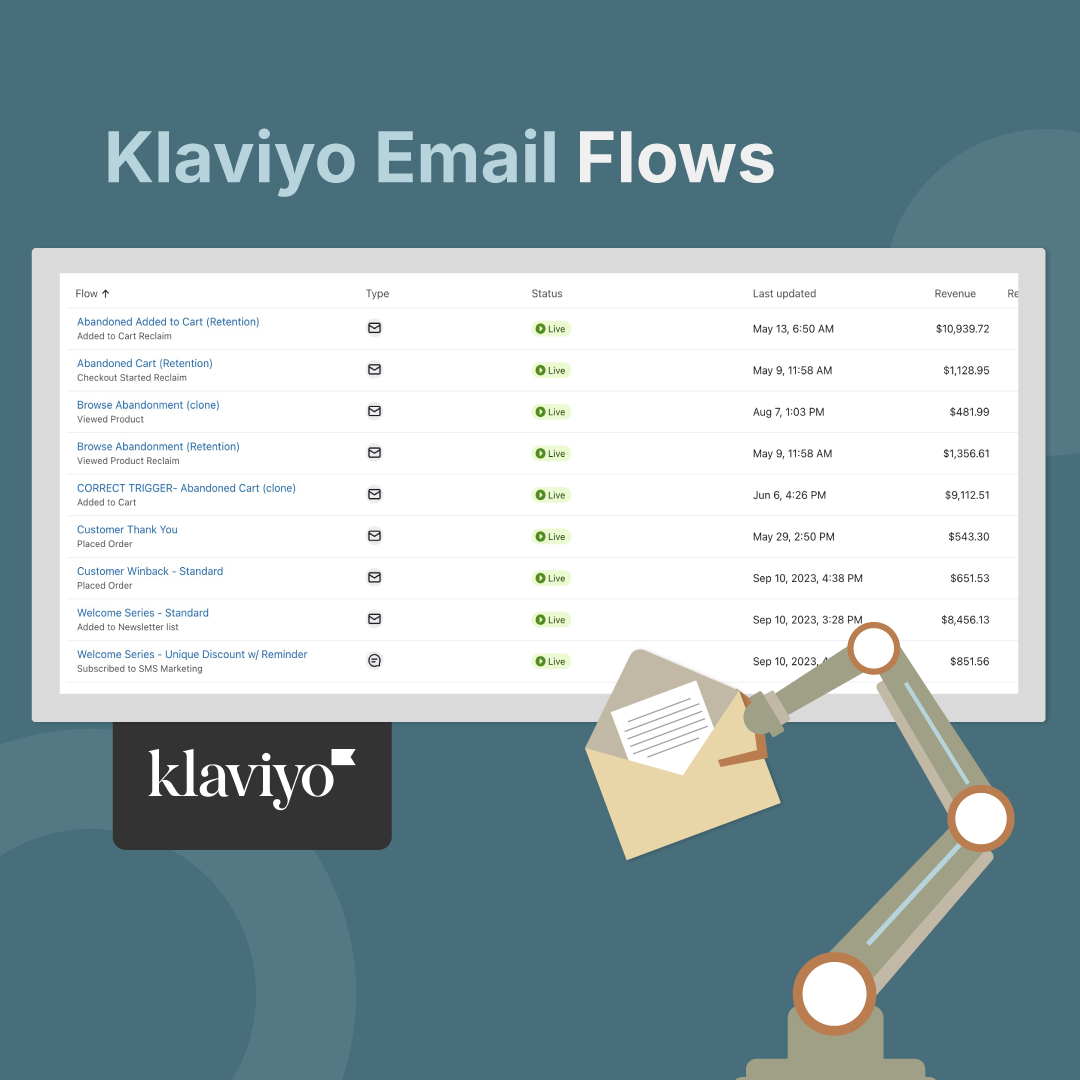- Find a platform like Shopify that will allow you to create a site that already has eCommerce capabilities. Wordpress/WooCommerce and BigCommerce are both other options you can use, but we are a little biased without seamless Shopify works.
- Determine the products you want to sell online and how you will track in-store merchandise vs online. Our suggestion is to get a POS system that will track both, which Shopify does offer. This will help you in situations where someone tries to buy online, makes the purchase, and then you don’t pull the merchandise before someone else picks it up in store.
- Focus on a niche market, you have the whole world you can target and market to online, but you should still focus on your audience. If your demographic is an older demographic, make sure the site has a similar feel that they would enjoy. Honestly, try to copy as much of your in-store experience as you can.
- Prep your customers for your launch. If you have an email list, Facebook followers, etc. Keep them posted on your progres as you make the transition and educate them along the way. You want them to be primed and ready to buy when you go live, this will give you that initial first spark of selling online.
- Don’t expect to have success overnight, just like it probably took you years to create a loyal following, there are millions of websites like yours (more than likely) and you have to earn their trust and purchases. Focus on the experience online.
- Online is a pay to play space, but one you figure out the right game, the chances for growth are limitless. Don’t be afraid to invest in SEO, social media advertising, or affiliate marketing.











Share:
Covid-19 Marketing Tips and Strategies
Covid-19 Marketing Tips and Strategies